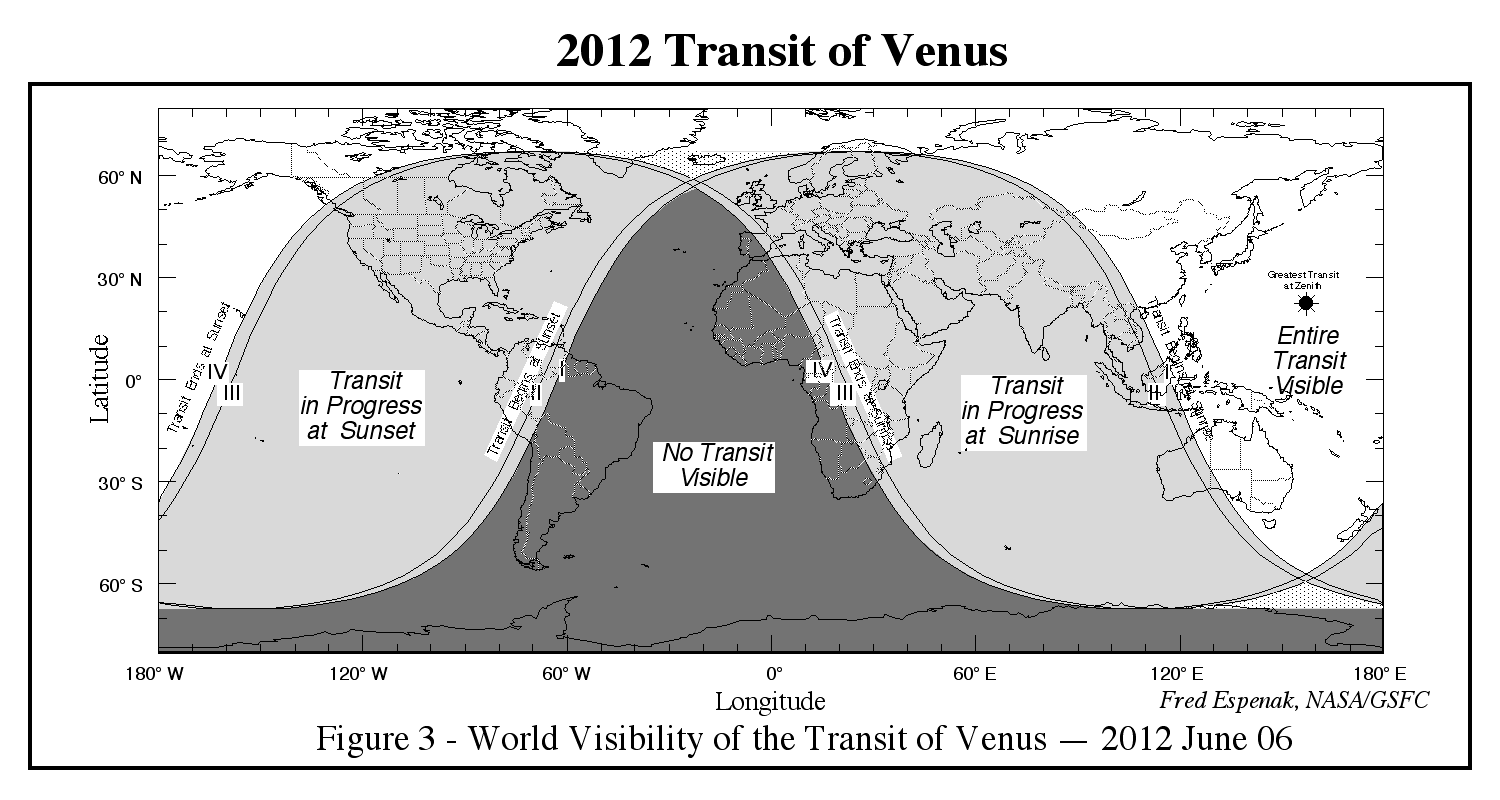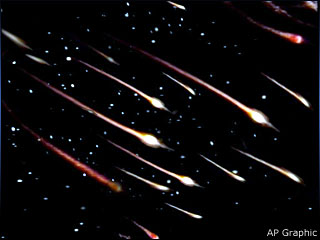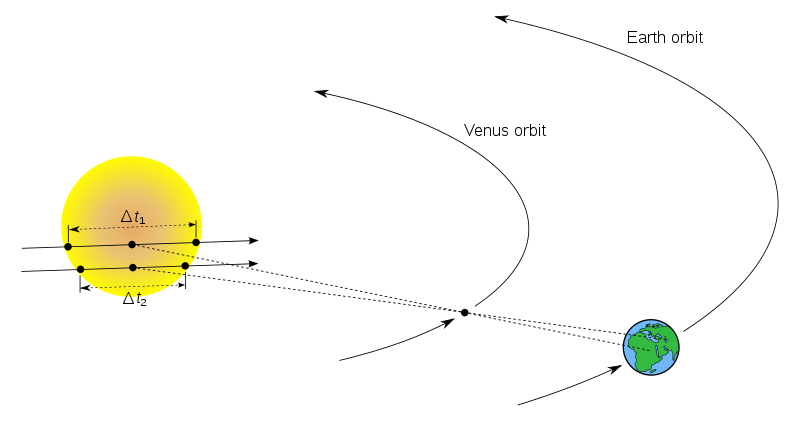Hiiiiiiiii everyone!
Long time no see (・´з`・)
It's me, daisuke again!
☄☆彡★☄☆彡★☄☆彡★☄☆彡★☄☆彡★☄☆彡★☄☆彡★☄☆彡★
Welcome to all the new friends from MCKL 1201 friends!(^ω^)
I would like to introduce you about our society through this post and the entire blog!
Let's take a tour around our blog! ((o(´∀`)o))
☄☆彡★☄☆彡★☄☆彡★☄☆彡★☄☆彡★☄☆彡★☄☆彡★☄☆彡★
Firstly, Who are we?
Friday, 20 January 2012
Tuesday, 3 January 2012
Astronomy highlights of 2012
It irritates me seeing that the blog is not updated for months. Hence, let me chip in with the what’s what in astronomy in the new year 2012!

1. Mars in Opposition on March 3
Mars, the ‘Red Planet’ will be in its closest to Earth every two years! For those who don’t know what it signifies, it signifies the time where it is resolved largest on our telescopes, and you can see more details such as the polar caps and dust storms – not just a plain red dot!
Mars is important to human civilization because if we are to move to another planet (note, PLANET), Mars will be the first choice. Already we sent many spaceprobes and rovers to traverse the dusty terrains of Mars in search of ice, water, life and whatnots to determine if one day we can settle there. Plans are underway, including the development of the Orion Multi Purpose Crew Vehicle by NASA which if successful, will be the vessel that bring the first humans to Mars!

2. Saturn in Opposition on April 15
I hope by now you get the meaning of ‘opposition’. Yes, Opposition is good. :)
Saturn is the famous ringed planet with the largest satellite in the Solar System – Titan. Recently during the Cassini-Huygens mission to Saturn, the spaceprobe Cassini dropped Huygens to Titan on a one-way death trip. As Huygens burned through the atmosphere of Titan, it snapped pictures and beamed them to Cassini and then the Deep Space Network of NASA. The pictures showed some pictures of hydrocarbon lakes that made Exxonmobil and Shell and Petronas drool. But if we were to get there, we would already have more advanced technology than fuel burning spacecrafts which are very inefficient! Well, the scientists are actually looking for signs of life in the hydroCARBON lakes.
Legend has it that Saturn, if placed on a bathtub big enough to contain it, will float. Say hello to the second of the gas giants in our Solar System.
3. Partial Lunar Eclipse on June 4
If you’re enthusiastic enough please wake up on the dawn of June 4 to see the moon missing a piece. It’s nothing nearly as awesome as the Total Lunar Eclipse of 2011, but if you’re interested maybe you will want to snap a compilation of the eclipse process, although you will not get it in full.
http://eclipse.gsfc.nasa.gov/LEplot/LEplot2001/LE2012Jun04P.pdf

4. Transit of Venus on June 12
Now this is the real thing! The mother of all events in astronomy in 2012, or even, this decade!
First off, what is a transit? A transit occurs when an inferior planet (which for us means Mercury and Venus) happens to cross the disk of the sun from our point of view. It is like what happens when a solar eclipse occurs, but because the size of the planets are too small to cover the Sun, they show themselves as a small dot travelling across the Sun.
The Transit of Venus occurs in ‘pairs’, for this pair the first one occured in 2004 and the latter is this one in 2012. Then, the next pair will occur in 2117, 105 years from now. So make sure you don’t miss this once-in-a-lifetime event!

Yes, it’s trigonometry at its most powerful. So make sure to learn the method by then, and make your own calculations on the size of the Solar System!
http://eclipse.gsfc.nasa.gov/transit/venus/Map2012-2.GIF
http://eclipse.gsfc.nasa.gov/transit/venus/city12-1.html

5. Perseids Meteor Shower on August 12,13
The most famous meteor shower makes a comeback after a Full Moon disaster on 2011! This time, the last quarter moon will be hanging around and being pesky, but its still a shower not to be missed! Go far from city lights to watch this meteor shower!

6. Jupiter at Opposition on December 3
Another Opposition this time by the largest gas giant in our Solar System, the venerable Jupiter! With it in Opposition you can observe the bands on its ‘surface, which are actually zones of different temperatures and components in the Jovian atmosphere. If you are lucky you might even get a sight of the ‘anti-cyclone’ of 400 years and counting – the Great Red Spot.
Jupiter is also a massive object of interest *excuse the pun :P* due to its extensive moons. From a decent telescope you can already resolve what we call the ‘Galilean moons’, Ganymede, Callisto, Io and Europa. What’s more, the recent studies found out that Europa consists of bodies of water. Maybe one day in a few hundred years, Europa will serve as a oasis of water for the thirsty interplanetary adventurer!
In 2011 NASA sent a spaceprobe, Juno on a five year trip to Jupiter to study more of its properties. While waiting for its arrival in 2016, drool over the views of Jupiter in Opposition first on Dec 3!

7. Geminids Meteor Shower on Dec 13, 14
A combination of good feng shui, moonless nights and GEMINIDS make for a highly potentially spectacular show this 2012! The meteors traditionally intensify after midnight, so keep your sleepy heads up for meteor hunting! Especially if you’re a Doomsday believer, make this your happy ending to your life and of the world! (joking).
Make sure your president and committee members bring you out during these awesome dates!

1. Mars in Opposition on March 3
Mars, the ‘Red Planet’ will be in its closest to Earth every two years! For those who don’t know what it signifies, it signifies the time where it is resolved largest on our telescopes, and you can see more details such as the polar caps and dust storms – not just a plain red dot!
Mars is important to human civilization because if we are to move to another planet (note, PLANET), Mars will be the first choice. Already we sent many spaceprobes and rovers to traverse the dusty terrains of Mars in search of ice, water, life and whatnots to determine if one day we can settle there. Plans are underway, including the development of the Orion Multi Purpose Crew Vehicle by NASA which if successful, will be the vessel that bring the first humans to Mars!

2. Saturn in Opposition on April 15
I hope by now you get the meaning of ‘opposition’. Yes, Opposition is good. :)
Saturn is the famous ringed planet with the largest satellite in the Solar System – Titan. Recently during the Cassini-Huygens mission to Saturn, the spaceprobe Cassini dropped Huygens to Titan on a one-way death trip. As Huygens burned through the atmosphere of Titan, it snapped pictures and beamed them to Cassini and then the Deep Space Network of NASA. The pictures showed some pictures of hydrocarbon lakes that made Exxonmobil and Shell and Petronas drool. But if we were to get there, we would already have more advanced technology than fuel burning spacecrafts which are very inefficient! Well, the scientists are actually looking for signs of life in the hydroCARBON lakes.
Legend has it that Saturn, if placed on a bathtub big enough to contain it, will float. Say hello to the second of the gas giants in our Solar System.
3. Partial Lunar Eclipse on June 4
If you’re enthusiastic enough please wake up on the dawn of June 4 to see the moon missing a piece. It’s nothing nearly as awesome as the Total Lunar Eclipse of 2011, but if you’re interested maybe you will want to snap a compilation of the eclipse process, although you will not get it in full.
http://eclipse.gsfc.nasa.gov/LEplot/LEplot2001/LE2012Jun04P.pdf

4. Transit of Venus on June 12
Now this is the real thing! The mother of all events in astronomy in 2012, or even, this decade!
First off, what is a transit? A transit occurs when an inferior planet (which for us means Mercury and Venus) happens to cross the disk of the sun from our point of view. It is like what happens when a solar eclipse occurs, but because the size of the planets are too small to cover the Sun, they show themselves as a small dot travelling across the Sun.
The Transit of Venus occurs in ‘pairs’, for this pair the first one occured in 2004 and the latter is this one in 2012. Then, the next pair will occur in 2117, 105 years from now. So make sure you don’t miss this once-in-a-lifetime event!
Transit of Venus - Kuala Lumpur
Phase Time (local) Sun Altitude
Greatest 09:32:32 33
Internal Egress 12:31:41 68
External Egress 12:49:15 70
What is the aim of observing this transit? Aside from its rarity, the original scientific interest in observing a transit of Venus was that it could be used to determine the size of the solar system by employing the parallax method and Kepler's third law. The technique involved making precise observations of the slight difference in the time of either the start or the end of the transit from widely separated points on the Earth's surface. The distance between the points on the Earth was then used as a baseline to calculate the distance to Venus and the Sun via triangulation.

Yes, it’s trigonometry at its most powerful. So make sure to learn the method by then, and make your own calculations on the size of the Solar System!
http://eclipse.gsfc.nasa.gov/transit/venus/Map2012-2.GIF
http://eclipse.gsfc.nasa.gov/transit/venus/city12-1.html

5. Perseids Meteor Shower on August 12,13
The most famous meteor shower makes a comeback after a Full Moon disaster on 2011! This time, the last quarter moon will be hanging around and being pesky, but its still a shower not to be missed! Go far from city lights to watch this meteor shower!

6. Jupiter at Opposition on December 3
Another Opposition this time by the largest gas giant in our Solar System, the venerable Jupiter! With it in Opposition you can observe the bands on its ‘surface, which are actually zones of different temperatures and components in the Jovian atmosphere. If you are lucky you might even get a sight of the ‘anti-cyclone’ of 400 years and counting – the Great Red Spot.
Jupiter is also a massive object of interest *excuse the pun :P* due to its extensive moons. From a decent telescope you can already resolve what we call the ‘Galilean moons’, Ganymede, Callisto, Io and Europa. What’s more, the recent studies found out that Europa consists of bodies of water. Maybe one day in a few hundred years, Europa will serve as a oasis of water for the thirsty interplanetary adventurer!
In 2011 NASA sent a spaceprobe, Juno on a five year trip to Jupiter to study more of its properties. While waiting for its arrival in 2016, drool over the views of Jupiter in Opposition first on Dec 3!

7. Geminids Meteor Shower on Dec 13, 14
A combination of good feng shui, moonless nights and GEMINIDS make for a highly potentially spectacular show this 2012! The meteors traditionally intensify after midnight, so keep your sleepy heads up for meteor hunting! Especially if you’re a Doomsday believer, make this your happy ending to your life and of the world! (joking).
Make sure your president and committee members bring you out during these awesome dates!
Subscribe to:
Posts (Atom)

